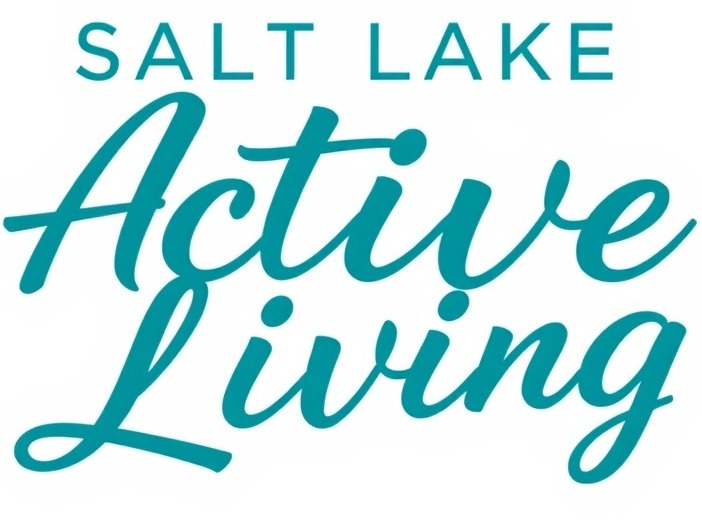
Understanding the Hidden Dangers of Arsenic in Rice
It's shocking to discover that rice, a staple food for millions around the world, can contain high levels of arsenic, a toxic element linked to serious health issues. Recent findings have shown alarming concentrations of arsenic in US-grown rice, raising significant concerns for consumers, particularly women who are often the primary decision-makers in family health matters.
Why Are Women Particularly Concerned?
Women play a vital role in their families' nutritional choices, making it essential for them to be aware of potential health risks associated with everyday foods. Studies have highlighted that long-term exposure to arsenic has been associated with various illnesses, including cancer, cardiovascular diseases, and reproductive issues. Understanding the risks can empower women to make more informed decisions about food purchases.
The Connection Between Arsenic and Women's Health
Research indicates that women may be more susceptible to the harmful effects of arsenic exposure due to physiological differences and hormonal influences. For instance, some studies suggest that arsenic may disrupt hormonal balance, impacting conditions such as fertility and menstrual health. This highlights the importance of monitoring arsenic levels, particularly for women considering pregnancy or dealing with hormonal imbalances.
Common Misconceptions about Rice Consumption
Many people believe that all rice is created equal, but that's far from the truth. States like Arkansas, Louisiana, Mississippi, and Texas have been identified as high-arsenic-producing regions, meaning rice from these areas may pose greater risks. A common misconception is that if rice is labeled organic, it is free from arsenic. However, organic rice can also have harmful levels of this toxic element, making it crucial for consumers to stay informed and choose brands wisely.
Actionable Insights: How to Reduce Arsenic Exposure
Fortunately, there are practical steps you can take to reduce arsenic exposure from rice. First, rinse rice thoroughly before cooking, as this can help wash away some of the arsenic. Secondly, consider cooking rice in excess water and draining it afterward, similar to pasta preparation, as this method can significantly lower arsenic levels. Moreover, diversifying your grain intake by incorporating alternatives like quinoa, barley, and farro can lessen reliance on rice while still enjoying a nutritious diet.
Future Predictions: Will Rice Be Safe?
As awareness regarding arsenic levels in food grows, there is hope that regulatory agencies will take further steps to ensure the safety of rice. Recent movements have called for more stringent testing regulations and limitations on acceptable arsenic levels in food products. These changes would not only protect consumers but also encourage farmers to adopt healthier practices conducive to sustainable agriculture.
Resources and Tools for Consumers
For women seeking to make healthier dietary choices, educational resources abound. Consider visiting reputable websites like the Environmental Working Group (EWG), which provides comprehensive analyses on food safety and recommendations on safe products. Additionally, apps such as “Fooducate” can help inform your grocery shopping by offering nutritional insights and alerting you to harmful additives or contaminants.
The Role of Vitamin D in Healthy Living
While navigating potential threats like arsenic is crucial, maintaining overall health is also essential. Specifically, ensuring adequate Vitamin D levels can bolster the immune system and contribute to overall well-being. Vitamin D plays a role in reducing inflammation and may counteract some of the negative health impacts associated with toxic exposure. Food sources such as fatty fish, fortified dairy products, and exposure to sunlight can help meet your Vitamin D needs.
Conclusion: Take Control of Your Health
In light of the findings on arsenic in US rice, it’s important for women to take proactive steps in their dietary choices. By educating yourself and your family about the risks associated with common foods, you can foster a healthier environment for everyone. Embrace the diverse array of grains available and prioritize informed eating to safeguard your health and wellbeing.
Now is the time to take charge of your health. Explore the safe food options available to you and make informed decisions for yourself and your loved ones.
 Add Row
Add Row  Add
Add 




Write A Comment